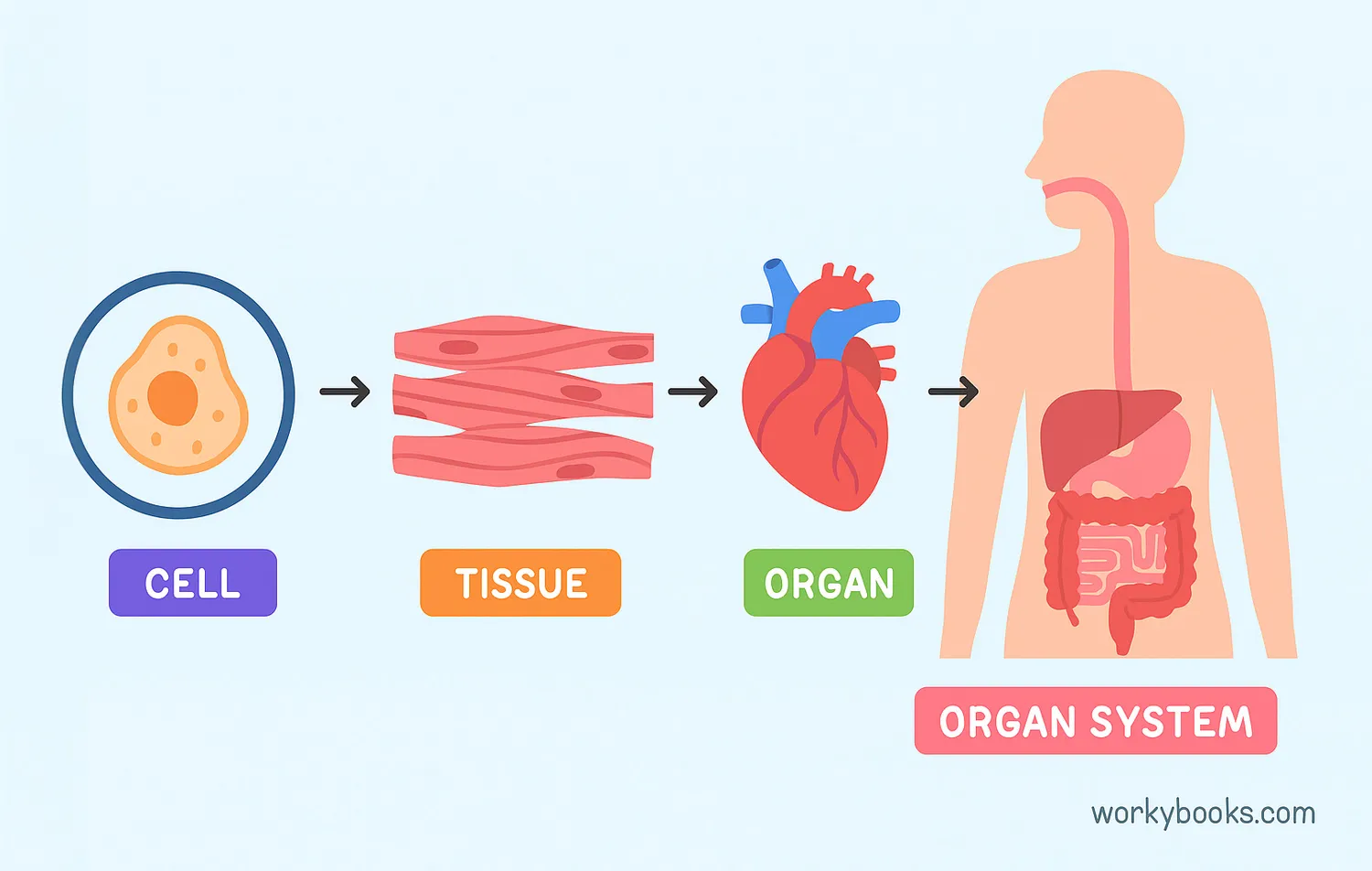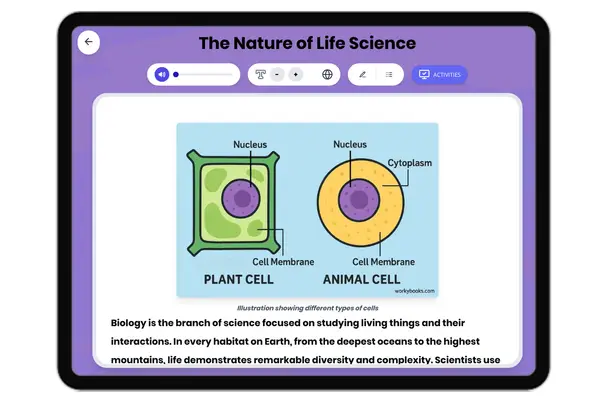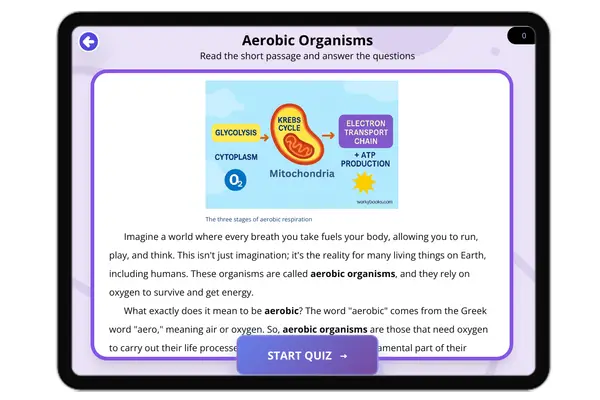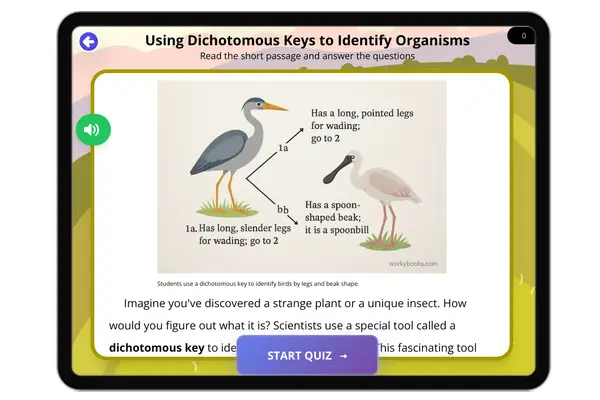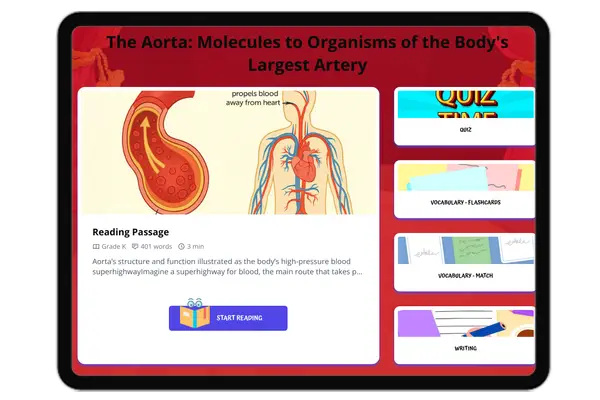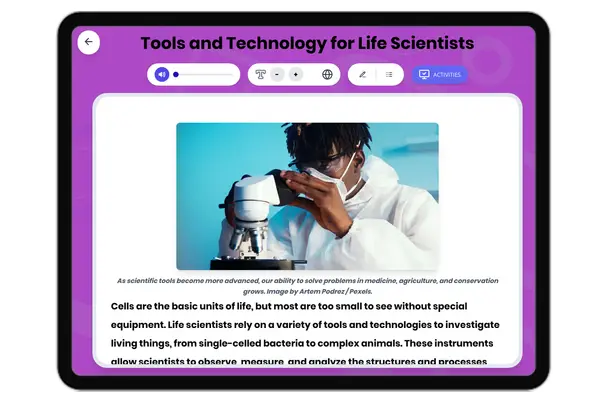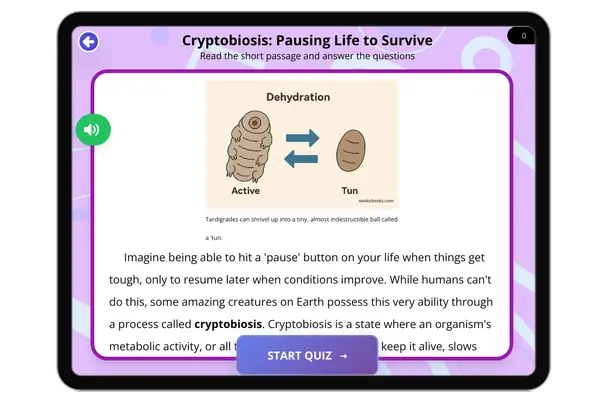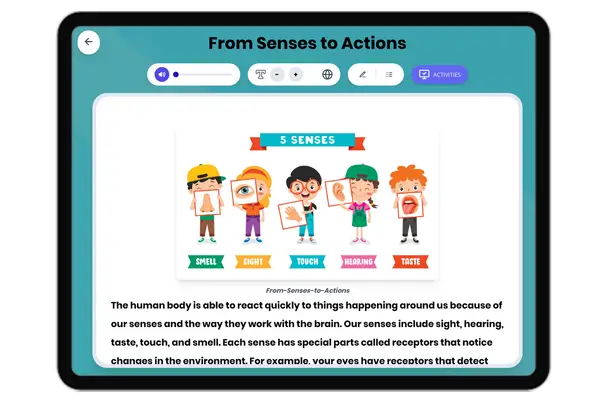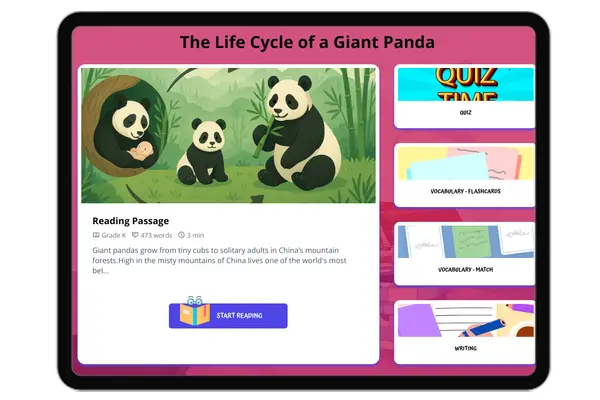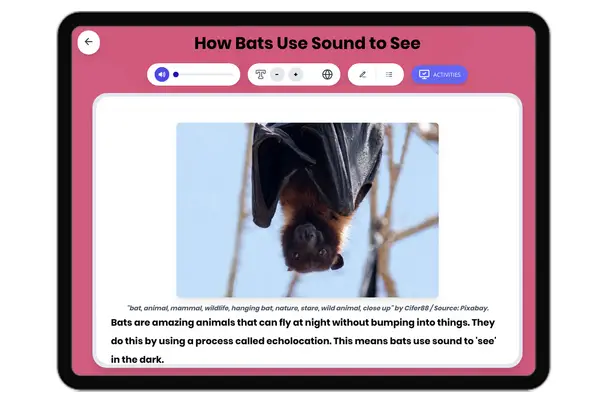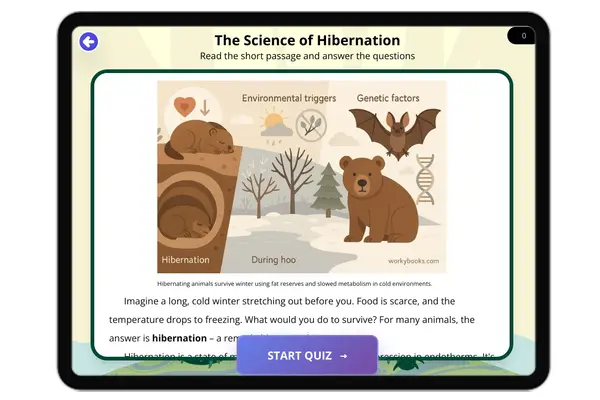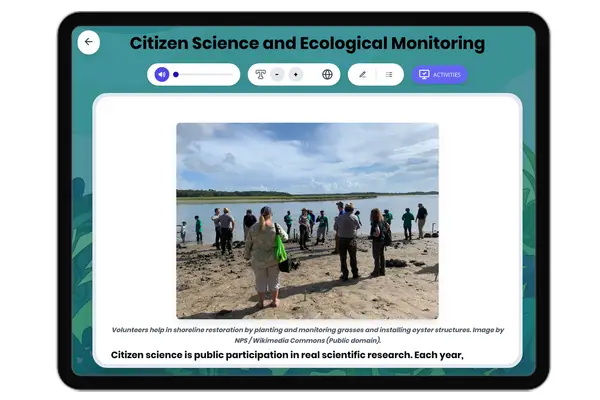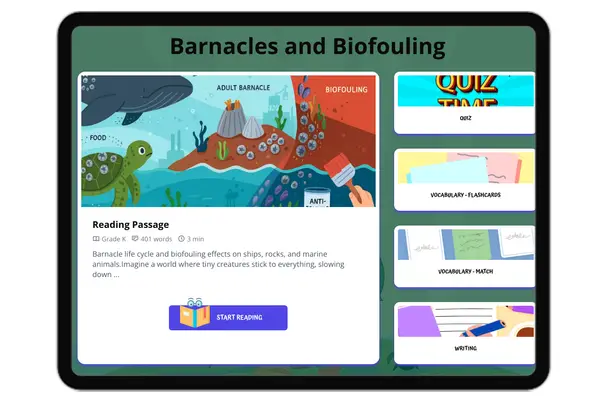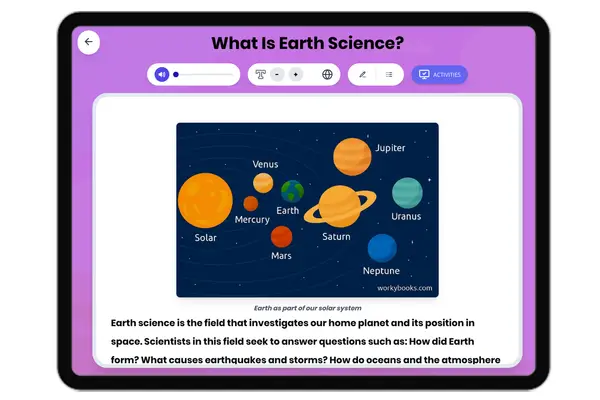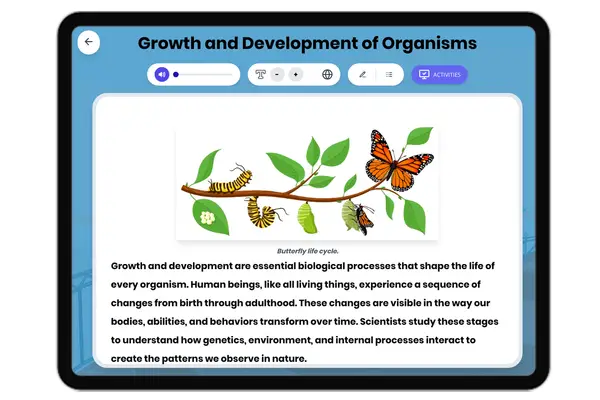From Cells to Organisms — Reading Comprehension
Premium Resource
Grades
- 6
PRINT+DIGITAL RESOURCE
This learning resource is available in interactive and printable formats. The interactive worksheet can be played online and assigned to students. The Printable PDF version can be downloaded and printed for completion by hand.
About This Reader
This educational passage, "From Cells to Organisms," explores the fundamental concept of how living things are built, starting from the smallest units: cells. It delves into the hierarchical structural organization of multicellular organisms, explaining how cells form tissues, tissues form organs, and organs come together to create organ systems. Aligned with NGSS LS1.A: Structure and Function, this passage defines key terms like cells, tissues, organs, and organ systems in simple language suitable for a 6th-grade reading level. It emphasizes the interconnectedness of these biological structures, providing a clear understanding of cell biology and the complexity of living beings. This audio-integrated resource helps students grasp the core idea that every part of an organism plays a vital role in its overall function. Important SEO keywords include cells, organisms, tissues, organs, organ systems, multicellular, and NGSS LS1.A. The passage is approximately 350-400 words.
Perfect For:
👩🏫 Teachers
- • Reading comprehension practice
- • Auto-graded assessments
- • Literacy skill development
👨👩👧👦 Parents
- • Reading practice at home
- • Comprehension improvement
- • Educational reading time
🏠 Homeschoolers
- • Reading curriculum support
- • Independent reading practice
- • Progress monitoring
Reading Features:
📖
Reading Passage
Engaging fiction or nonfiction text
❓
Comprehension Quiz
Auto-graded questions
📊
Instant Feedback
Immediate results and scoring
📄
Printable Version
Download for offline reading
🔊
Read Aloud
Voice-over with word highlighting



